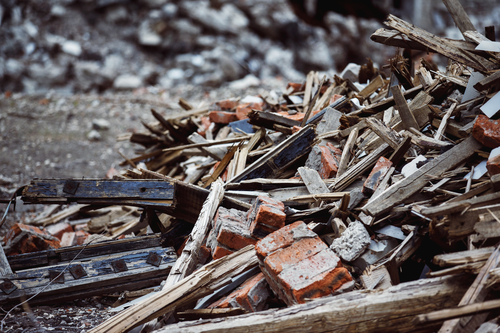Choosing Not to Rebuild a Property after a Loss

By: Big “I” Virtual University Faculty
Q: What type of coverage is an insured entitled to if they don’t want to rebuild a commercial property after a loss?
Response 1: It depends on the specific policy, the circumstances and state law.
In my state, we have a valued policy for all property policies in the admitted market. After a total loss to a building or structure by a covered peril, the insurer owes the face amount of the policy. Alternatively, they can rebuild without the contribution of the insured.
Partial losses are paid per the terms of the specific policy. Each is different, but in general, the insured receives the actual cost value up front. If a replacement is made, they receive the difference in actual cash value and replacement cost.
Response 2: Under ISO form CP 00 10, the settlement would be on an actual cash value basis.
Response 3: The commercial property policy specifically addresses this. There is no difference in cause of loss—the only difference is that the insured receives no more than actual cash value if the building is not rebuilt.
In business income, the insured receives payment for the shortest amount of time that would have been necessary to resume operations.
Response 4: If the policy is actual cash value, they receive either actual cash value or the limit, whichever is lower. If it’s a replacement cost policy, they receive actual cash value or the policy limit, unless they rebuild. They have six months to decide if they want to rebuild. If they rebuild, they receive the balance of the replacement cost.
Response 5: The insured collects actual cash value.
Response 6: ISO’s CP 00 10 10 12 states:
E. Loss Conditions
7. Valuation
We will determine the value of Covered Property in the event of loss or damage as follows:
a. At actual cash value as of the time of loss or damage, except as provided in b., c., d. and e. below.
G. Optional Coverages
3. Replacement Cost
a. Replacement Cost (without deduction for depreciation) replaces Actual Cash Value in the Valuation Loss Condition of this Coverage Form.
c. You may make a claim for loss or damage covered by this insurance on an actual cash value basis instead of on a replacement cost basis. In the event you elect to have loss or damage settled on an actual cash value basis, you may still make a claim for the additional coverage this Optional Coverage provides if you notify us of your intent to do so within 180 days after the loss or damage.
d. We will not pay on a replacement cost basis for any loss or damage:
(1) Until the lost or damaged property is actually repaired or replaced.
(2) Unless the repair or replacement is made as soon as reasonably possible after the loss or damage.
Response 7: Unless a valued policy law applies, the named insured’s decision to not rebuild results in an actual cash value settlement. If they sustain a partial loss and decide not to rebuild, they potentially face demolition and debris removal costs, as well as ordinance or law issues.
Debris removal averages 15% of the cost to build new—a significant future expense. Meanwhile, local ordinance requirements to either demolish or repair a structure to certain standards can be ominous. Another issue is valuation adequate to avoid coinsurance.
Response 8: Under the ISO CP 00 10 Building and Personal Property Coverage Form, valuation of losses is always on an actual cash value basis, unless either the agreed value or replacement cost option is activated.
However, according to the form’s replacement cost option, if the insured has an ISO-based policy and elects to not rebuild after a covered loss, they are always left with an actual cash value loss settlement—even if their policy includes the replacement cost option. The ISO business owners policy operates in the same way.
Response 9: Replacement cost is not paid when the property is not replaced. In that case, the insured only receives actual cash value.
This question was originally submitted by an agent through the VU’s Ask an Expert Service. Answers to other coverage questions are available on the VU website. If you need help accessing the website, request login information.










